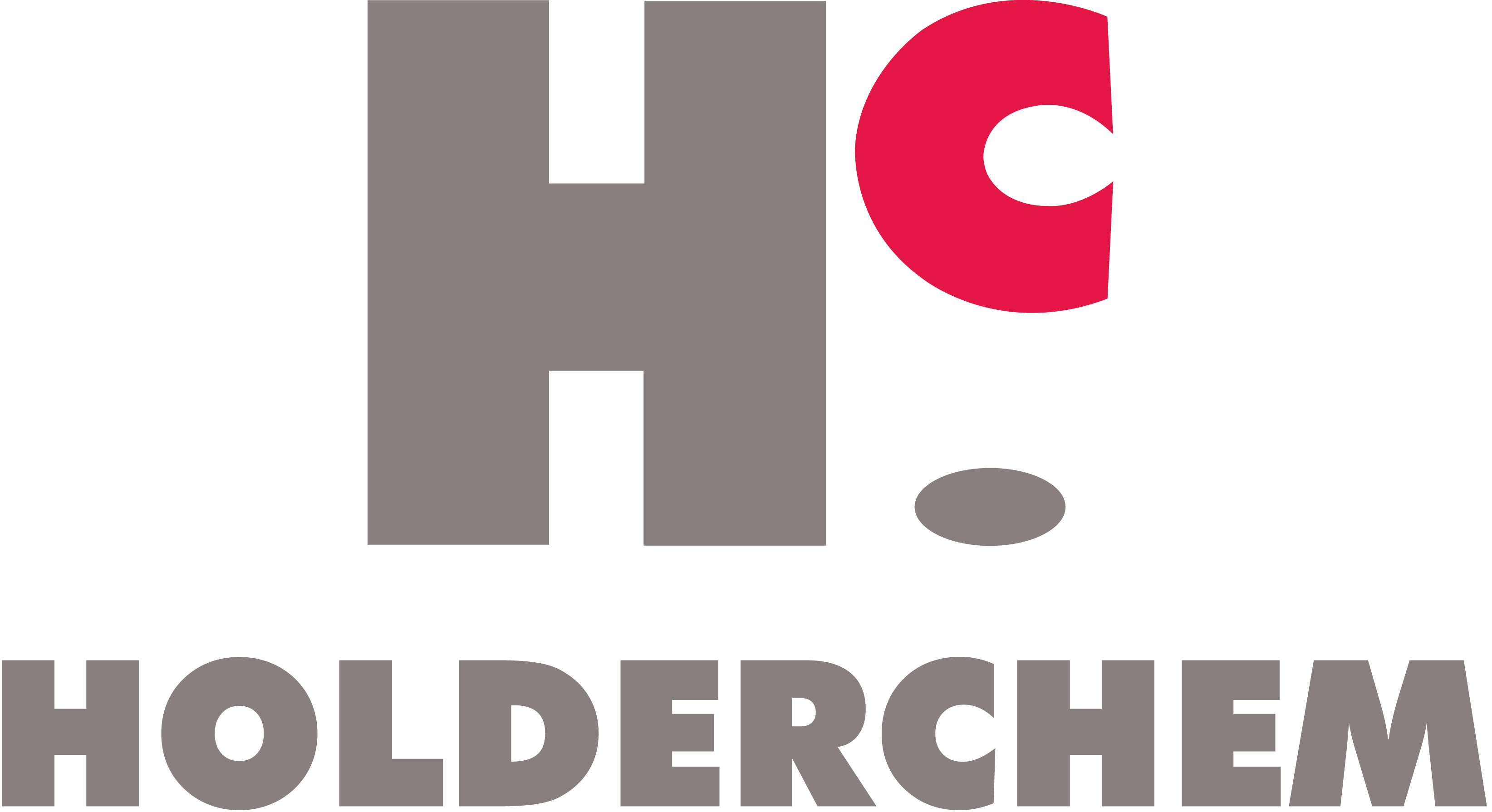
Polyvinyl Acetate Emulsions – Product Applications
Vinyl acetate monomer, which is prepared from ethylene by reaction with oxygen and acetic acid over a palladium catalyst, is polymerized while dispersed in water to form a milky-white polyvinyl acetate emulsion (hereinafter referred to as PVAc). The batch emulsion polymerization process combines typically between 100 and 5000 vinyl acetate monomeric units for average molecular weights of 850 to 40,000. The resulting polymer is amorphous, as opposed to crystalline. It is best known as wood or white glue.
Woodworking adhesives
PVAc dispersions are mostly used as adhesives for porous surfaces such as wood, paper, and cloth. They exhibit high initial bonding strength and ease of use. PVAc emulsions are supplied as single-component adhesives meeting different durability classes D1 to D3 in accordance to EN 204/205 and as single or two-component systems for adhesives meeting EN 204/205 durability D4 requirements. PVAc emulsions are also used in the production of laminates.
To slow adhesive drying, PVAc is combined with 5 to 15 percent ethanol (ethyl alcohol). For faster drying, it is combined with acetone in a 50:50 ratio. PVAc is also used to produce silly putty, well suited for younger audiences, by combining white glue with a water-soluble solution of borax.
Architectural coatings – Interior and exterior wall paints and primers
Vinyl acetate may be copolymerized with other chemicals to increase moisture resistance. In their most important application, PVAc copolymers are used as the film-forming agent in latex paints and protective coatings, to form a flexible and adherent clear hard film that has good weather resistance. These Copolymers include a Vinyl ester of Versatic acid 10 (VeoVa 10) monomer, butyl acrylate, or alternatively methyl methacrylate. They are ideal for use on most substrates including wood, and masonry for both interior and exterior masonry surfaces applications as they offer excellent alkali and efflorescence resistant characteristics.
Exterior paints and primers
Styrene acrylic emulsions are primarily used in external architectural and decorative coatings. They are also used in the manufacture of construction products such as ceramic tile adhesives, fillers, putties, and elastomeric roof coatings and in glass-fiber second binder applications, such as wall coverings.
Wood stains – Furniture and parquet varnishes
Pure acrylic emulsions are used in the formulation of industrial and consumer end-use products, which include architectural decorative coatings for interior and exterior use, industrial coatings, including wood stains, window frame coatings, furniture, and parquet varnishes, metals and plastic coatings, building materials, and glass-fiber tissues.
Construction materials
PVAc homopolymers, acrylic copolymers, and vinyl acetate/ethylene copolymers are used in the manufacture of miscellaneous construction materials including but not limited to joint compounds, caulks, and flexible sealants, cement bonding and admix, mastic and sparking compounds. They are used for the treatment of buildings with porous stone surfaces, sandstone in particular.
Paperboard coating - Bookbinding
In the paperboard industry, PVAc, vinyl acrylic, and vinyl acetate/ethylene are used to formulate the coating layer of many substrates of paperboard whether solid bleached sulfate, coated unbleached Kraft, or recycled. Furthermore, PVAc, styrene-acrylic, and styrene-butadiene products are used for downstream customers as a paper adhesive in paper packaging converting, in the stiff homopolymer form but mostly in the more soft copolymer form, which is a combination of vinyl acetate and ethylene, vinyl-acetate-ethylene (VAE) with critical requirements including but not limited to the following: gloss and brightness, opacity, smoothness, stiffness, dry and wet strength, ink receptivity, folding ability, and scuff resistance. Finally, one of the other uses for emulsified PVAc in the paper industry is bookbinding. Depending on the lifetime of the book, PVAc will either be co-polymeric or homopolymeric.
Binder for nonwovens
PVAc in both homopolymer and copolymer forms – (vinyl acetate/ethylene VAE or vinyl acetate /butyl acrylate) is also used in textile auxiliaries and as a binder in nonwovens such as wipes, whether baby wipes, wipes for personal cleaning, sanitary napkins, and filter paper or automotive, absorbent hygiene products, tabletops, and medical and surgical products.
Glass fiber sizing products
Glass fiber sizing products include PVAc polymers and Vinyl acetate/ethylene (VAE) polymers used for open and closed mold, high or low solubility fast or slow wet-out, or low styrene solubility.
Carpet backing
Vinyl acetate homopolymer emulsions are used in the backing of carpet tiles. Vinyl acetate/ ethylene (VAE) emulsions can be used as substitution alternatives for styrene-butadiene emulsions in carpet backing, to ensure tuft-bind strength, delamination strength, performance, and low odor.
Statement of Responsibility: The information and application advice contained in this document are based on the present state of scientific and practical knowledge of Holderchem SAL. It is provided with no warranty, implied or otherwise, as to its completeness or accuracy. Since methods and conditions of application and use are beyond the control of Holderchem, HOLDERCHEM MAKES NO WARRANTIES, IMPLIED OR OTHERWISE, AS TO THE MERCHANTABILITY OR FITNESS FOR ORDINARY OR PARTICULAR PURPOSES OF ITS PRODUCTS AND EXCLUDES THE SAME. Holderchem warrants that its products shall be of sound materials and workmanship. As products are applied, handled and stored in manners and site conditions over which Holderchem has no control, Holderchem's liability in respect of any material which can be proven defective shall be limited to the replacement of such defective material or reimbursement of its cost at Holderchem's option. Holderchem shall not be liable for any consequential or incidental damage or loss arising out of the use of its products. Important Note: Holderchem shall have the right to modify product specification sheets at any time without previous notice. Buyers should always refer to the most recent data sheets, copies of which can be supplied upon request. The sale of products mentioned in this literature shall be subject to Holderchem's General Conditions of Sale Delivery and Payment.
